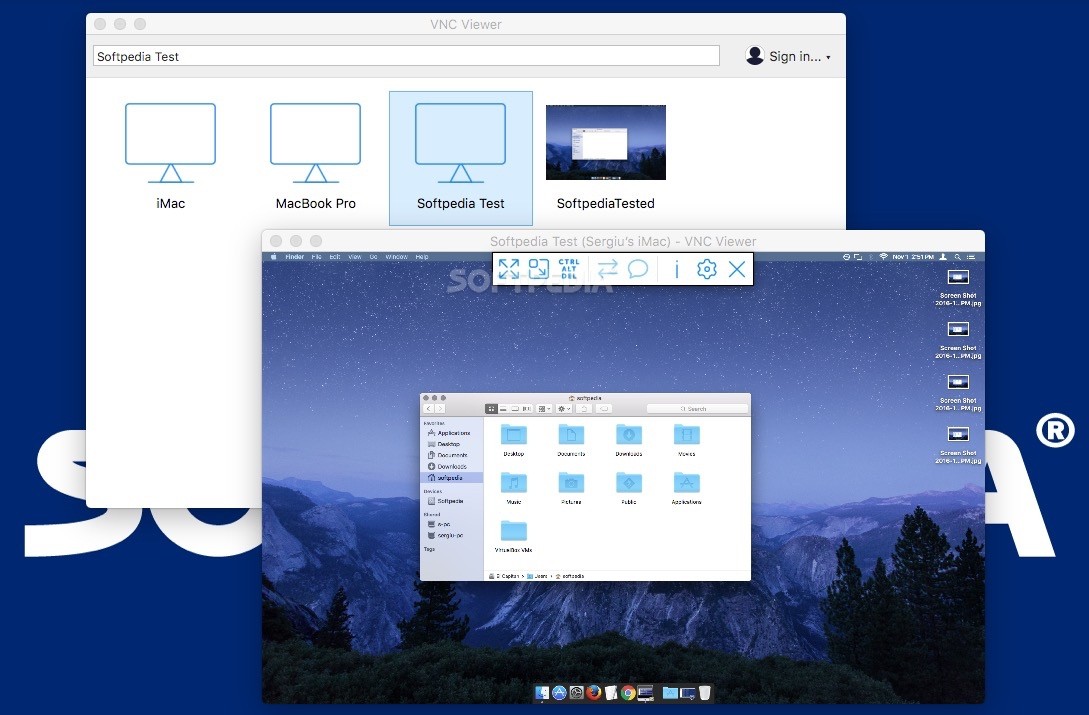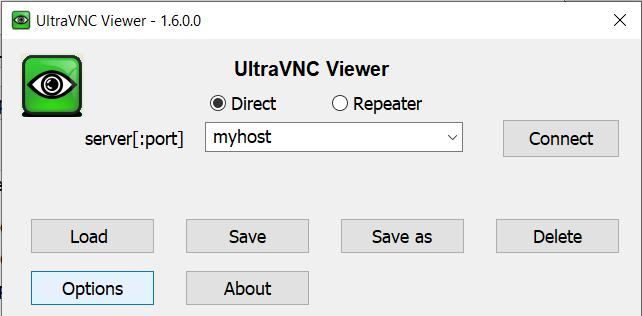
- Vnc viewer for mac says system idle how to#
- Vnc viewer for mac says system idle Pc#
- Vnc viewer for mac says system idle free#
- Vnc viewer for mac says system idle windows#
Vnc viewer for mac says system idle windows#
The System Idle Process is an integral part of the Windows operating system and, while it may look like it’s hogging upwards of 90%, that’s just showing you available resources and that your CPU isn’t doing anything with at the moment.This thread is now defunct! Please refer to the following thread for a more updated Howto:
Vnc viewer for mac says system idle how to#
RELATED: How to Disable Startup Programs in Windows
Vnc viewer for mac says system idle free#
If that yields nothing and you’re still experiencing slower than usual performance, try uninstalling unused programs, disabling programs that launch when you start up your computer, reduce system animations, free up disk space, or defrag your HDD.
Vnc viewer for mac says system idle Pc#
As always, it’s a good idea to run a scan with an antivirus program if you’re experiencing problems and you’re not running anything that might be slowing your PC down. It may be caused by a lack of memory, slow storage, or something else using up your computer’s resources. This process’s behavior is perfectly normal and suggests the problem isn’t due to high CPU usage. If your computer is slow and you notice high usage by the System Idle Process-well, that’s not the System Idle Process’s fault. If programs are using 5% of the CPU, then the SIP will show to be using 95% of the CPU, or 95% of the CPU is unused, or unwanted by other threads in the system. It represents the percent of CPU that’s available, not how much it’s using. To understand the number next to the process in Task Manager, you have to think the opposite of what you normally understand it to mean. That’s normal because it’s a special task run by the OS scheduler only when your CPU is idle, which-unless you’re doing something that demands a lot of processing power-will look to be quite high. Like mentioned earlier, this process appears to use a lot of CPU, which is something you’ll spot if you open the Task Manager, looking for resource hungry processes. Having idle threads always in a Ready state-if they’re not already running-keeps the CPU running and waiting for anything the OS throws at it. Then, once the CPU finishes with that job, it’s ready to handle the System Idle Process all over again. The reason this all works is that the idle threads use a zero priority, which is lower than ordinary threads have, allowing for them to be pushed out of the queue when the OS has legitimate processes to be run. The System Idle Process’ sole purpose is to keep the CPU busy doing something-literally anything-while it waits for the next computation or process fed into it. RELATED: CPU Basics: Multiple CPUs, Cores, and Hyper-Threading Explained A System Idle Process is a normal part of your OS that runs a single thread on each CPU core for a multiprocessor system, while systems that use hyperthreading have one idle thread per logical processor. System Idle Processes are native to Windows NT operating systems, dating back to 1993-they also appear in Unix-like operating systems such as Linux but operate a bit differently. Windows runs this process as part of the SYSTEM user account, so it’s always active in the background while Windows is running. Without this process always keeping your processor occupied with something to do, your system could potentially freeze.

RELATED: Windows Task Manager: The Complete Guide Why Does Windows Need a System Idle Process? Windows hides the System Idle Process information from the normal Processes tab in Windows 10’s Task Manager to keep things simple, but it’s still shown on the Details tab. You can think of it as a simple placeholder. That’s why the Task Manager describes this process as the “percentage of time the processor is idle.” It has a PID (process identifier) of 0. If programs are using 5% of your CPU, the System Idle Process will be using 95% of your CPU.

In other words, the CPU resources used by the System Idle Process are just the CPU resources that aren’t being used. Without this process constantly keeping your processor occupied with something to do, your system could potentially freeze. But the System Idle Process is just that an idling process made by the operating system.

If you’ve ever poked around in the Task Manager-Windows 10 users have to look under the “Details” tab-you’ll see that the System Idle Process is using most, if not all, of your CPU.


 0 kommentar(er)
0 kommentar(er)
